Trope Exploration: Chick flicks redefined, the story of the modern teenage girl
Traditional female coming-of-age stories have evolved from outdated messages to feel-good modern empowerment and diverse representation.
May 17, 2022
She seemingly wants it all, but all she needs is for someone to understand her moving parts and deepest thoughts and feelings. To know what it feels like to be her own self, to pursue her wildest dreams and chase her every ambition. It would seem easy to let everything go, but the euphoric feeling of genuine empowerment doesn’t come from an easy process. Rather, it stems from affirming who she is in the face of underestimation and embracing the incompleteness of her journey through life and fulfillment. This brings her peace and liberates her from society’s delusion of a perfect, palatable woman: quiet, submissive, meek, non-confrontational and unopinionated.
The beginnings of these modern female stories are attributed to what we know as “chick flicks”, female-led films centered around womanhood as it evolved overtime. Often, however, femininity as displayed by general interests in fashion and makeup were demonized in such films, in which many portrayed patronizing and damaging power dynamics towards female characters. Perhaps the greatest shift from the themes portrayed in chick flicks versus those in modern films is the dismantling of the untouchable social cliques that have historically held an antagonizing presence.
The Half of It explores the life of Ellie Chu as a Chinese-American and social outcast in a predominantly white town along with white-passing, Latina popular girl Aster Flores. Director Alice Wu comments on the distinction: “Aster is dating the big man on campus. You can see the struggle she goes through, where she feels like she’s ‘passing,’ and yet she doesn’t fully. It’s a different kind of thing to deal with than Ellie does. Ellie is obviously an immigrant person of color and has a different kind of experience lobbied against her. But I feel like these two girls can also understand each other on this other level of not being entirely of the dominant culture.”
With more female directors and film creatives pioneering their stories, director Greta Gerwig of Lady Bird and other similar productions emphasizes the importance of her work in fully displaying the messy life of young women: “I think I’m interested in writing and [letting] really female characters go too far because I think as women, we’re taught to really keep it together and not be too much and not go too far and not be too loud or too crazy or too ambitious. And I think I like having the space as a writer to explore characters who didn’t seem to get that memo because there’s a freedom to it even when they’re failing.”
Saoirse Ronan champions this role in the various productions she’s starred in, from Lady Bird to Little Women and so on. Her performance in the former as daughter Christine “Lady Bird” McPherson shows her brave journey towards self-discovery and her true aspirations through theater, love, evolving friendships and searching for life after high school. Most remarkably, Ronan captures the poignance of a turbulent mother-daughter relationship–one that is not definitively perfect or broken, but complicated and time-sensitive. As nights crash to an end with the slamming of doors and the sting of heated argument is felt, the question looms in mother’s and daughter’s minds alike: do you love me? And yet, it is through the hard discussions and the disagreements between Lady Bird and her mother that they realize their answer to this wistful epithet of a question is yes.
Intergenerational relationships are a powerful part of female coming-of-age productions because they translate directly into the feelings of many young women and their mothers, especially those from immigrant or working class backgrounds. Often, the things that daughters and their parents share with each other can be the most impactful on their perceptions of the world around them.
In The Half of It, Ellie’s shared delight with her father is watching old films, the first of which is Casablanca. This historically-acclaimed war film captures the bittersweetness of a love triangle, a theme that Alice Wu continuously develops in the narrative. The continuing theme of the love triangle represents a decision needing to be made, the pursuit of friendship and potentially romantic love. Though only some words are spoken between them, Ellie and her father show their deep appreciation for each other through their shared pastime, which provides her with a safe space and a stronghold from which she learns to believe in herself, her ideas and her aspirations moving forward.
The dilemma of friendship or love is further explored in The Edge of Seventeen starring Hailee Steinfeld as Nadine, a girl who is struggling with differentiating between friendly interest or romantic inclination towards her classmate Erwin Kim. It is never made fully clear what truly happens to their relationship at the end of the film, and this ambiguity is a down-to-earth yet historically remarkable part of the plot for a movie of its kind. Women have always been the object of romantic desire or relentlessly written solely pining for such affection, often idealizing romance as the pinnacle of any relationship and discrediting the catharsis of a simple friendship.
Modern female coming-of-age stories have come to beautifully represent the fundamentals of theatrical storytelling through raw honesty, the myriads of mistakes, realizations and epiphanies, unlikely friendships, and amends made having had a long time coming.

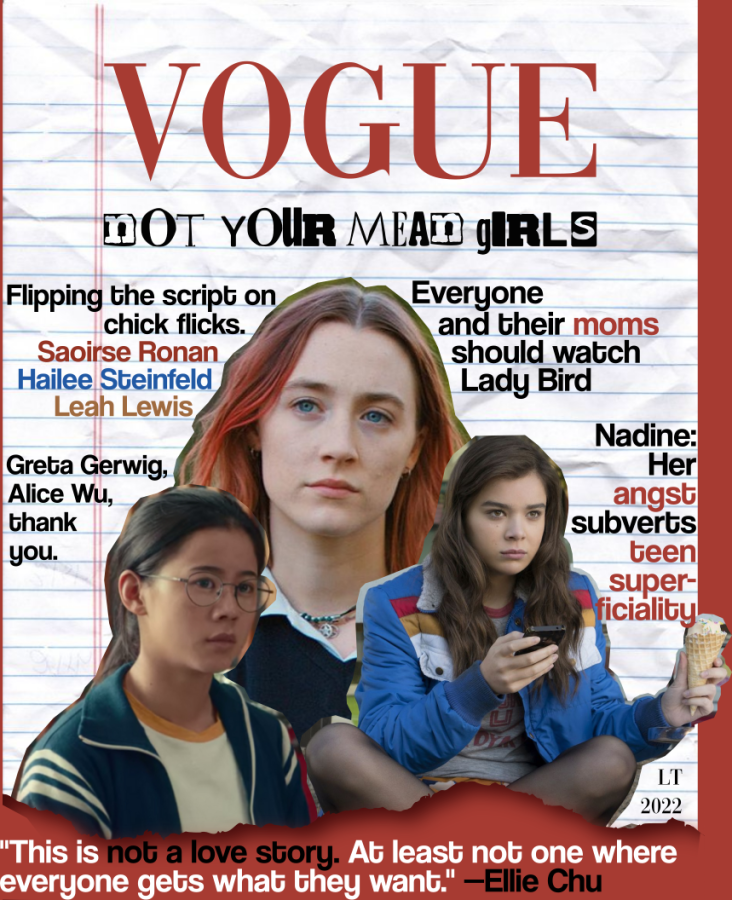
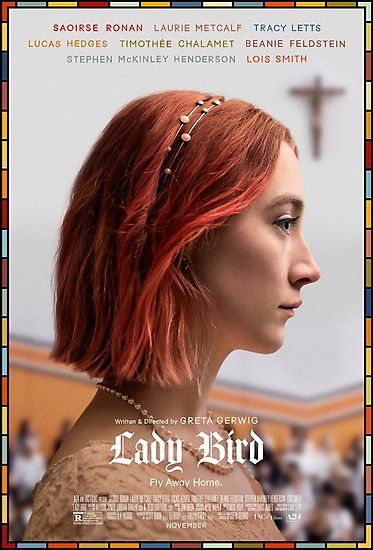
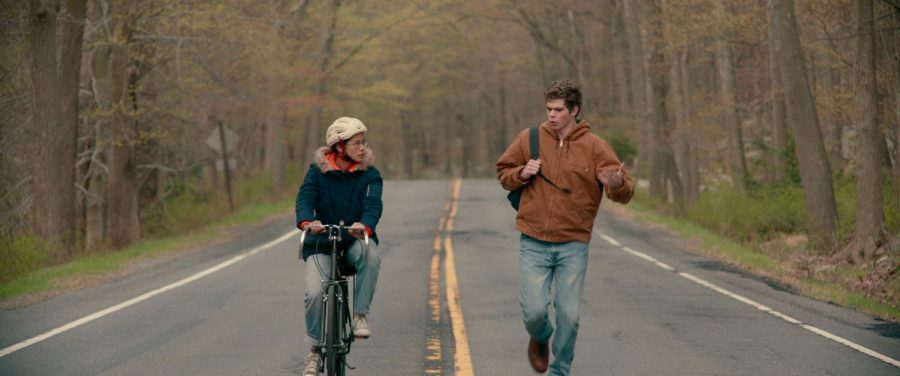
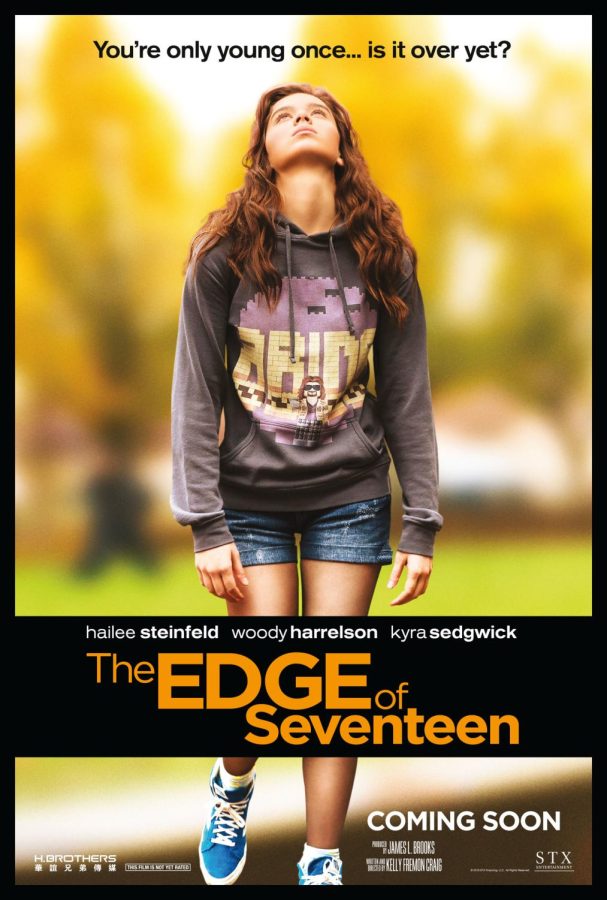
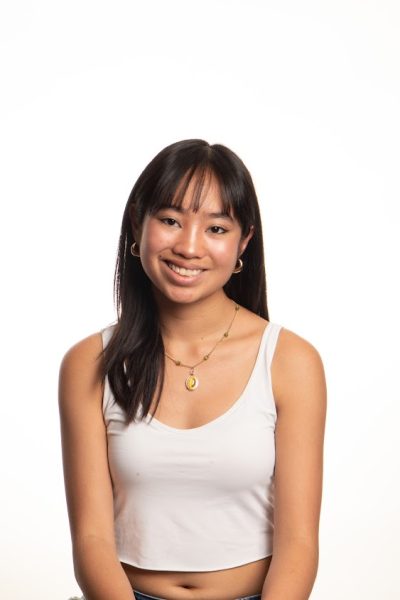












Claire • May 18, 2022 at 10:32 pm
Beautifully written article Lily. You always amaze me with your writing!